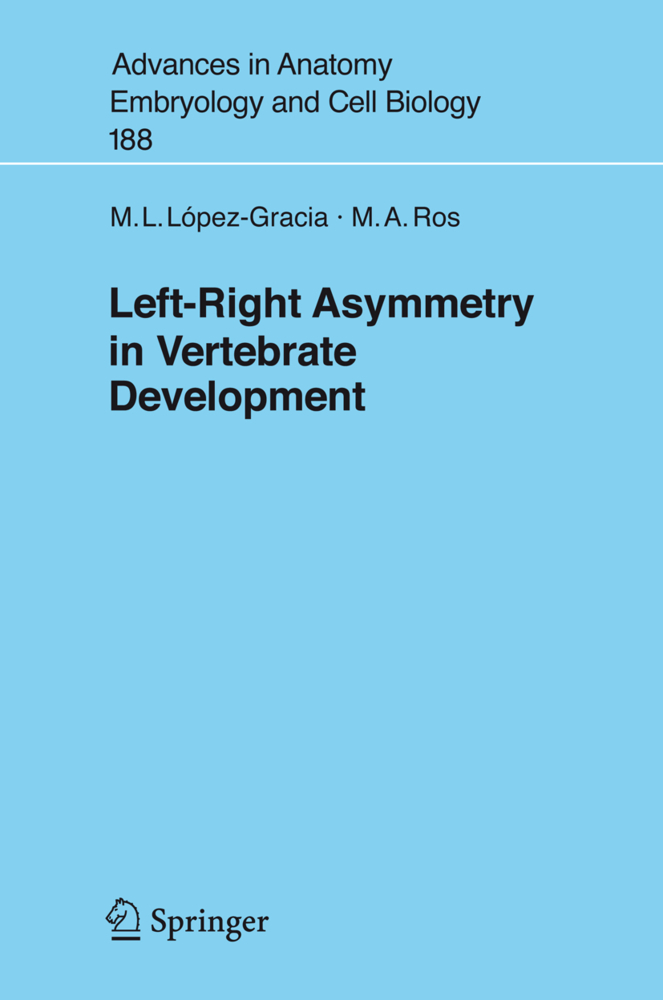Left-Right Asymmetry in Vertebrate Development
Externally the vertebrate body plan presents a bilateral symmetry in relation to the midline. However, inside the body the distribution of the visceral organs follows a very particular pattern that is not symmetrical in relation to the midline. The last 10 years have seen remarkable advances in our understanding of how the internal asymmetries typical of the vertebrate body are established and controlled. The use of different development models has permitted to uncover fascinating ways of creating asymmetry, like the activity of the nodal cilia. A host of studies has also unravelled the involvement of many genes in the left right patterning pathway. Based on this knowledge the genetic basis of human laterality defects are beginning to be revealed. It is a major challenge now to understand how all these genes control left right development as well as the complex set of interactions established between them.
Mouse Models of Laterality
Genetics of Human Alterations of Organ Situs
Concluding Remarks.
Establishment of Left-Right Asymmetry
Signaling Pathways with a Predominant Role in Left-Right PatterningMouse Models of Laterality
Genetics of Human Alterations of Organ Situs
Concluding Remarks.
| ISBN | 978-3-540-36347-7 |
|---|---|
| Artikelnummer | 9783540363477 |
| Medientyp | Buch |
| Copyrightjahr | 2006 |
| Verlag | Springer, Berlin |
| Umfang | XII, 126 Seiten |
| Abbildungen | XII, 126 p. 16 illus., 13 illus. in color. |
| Sprache | Englisch |











